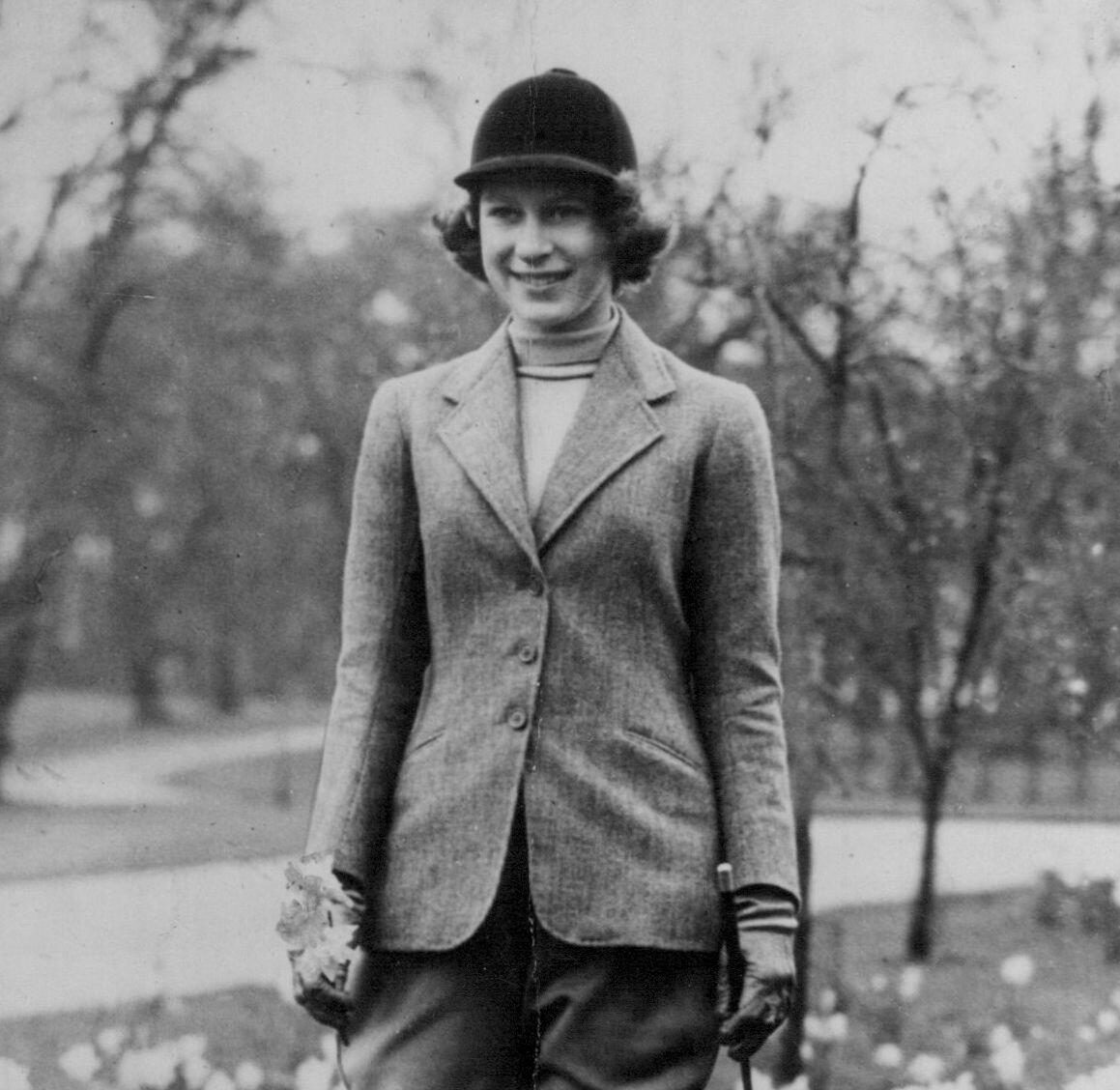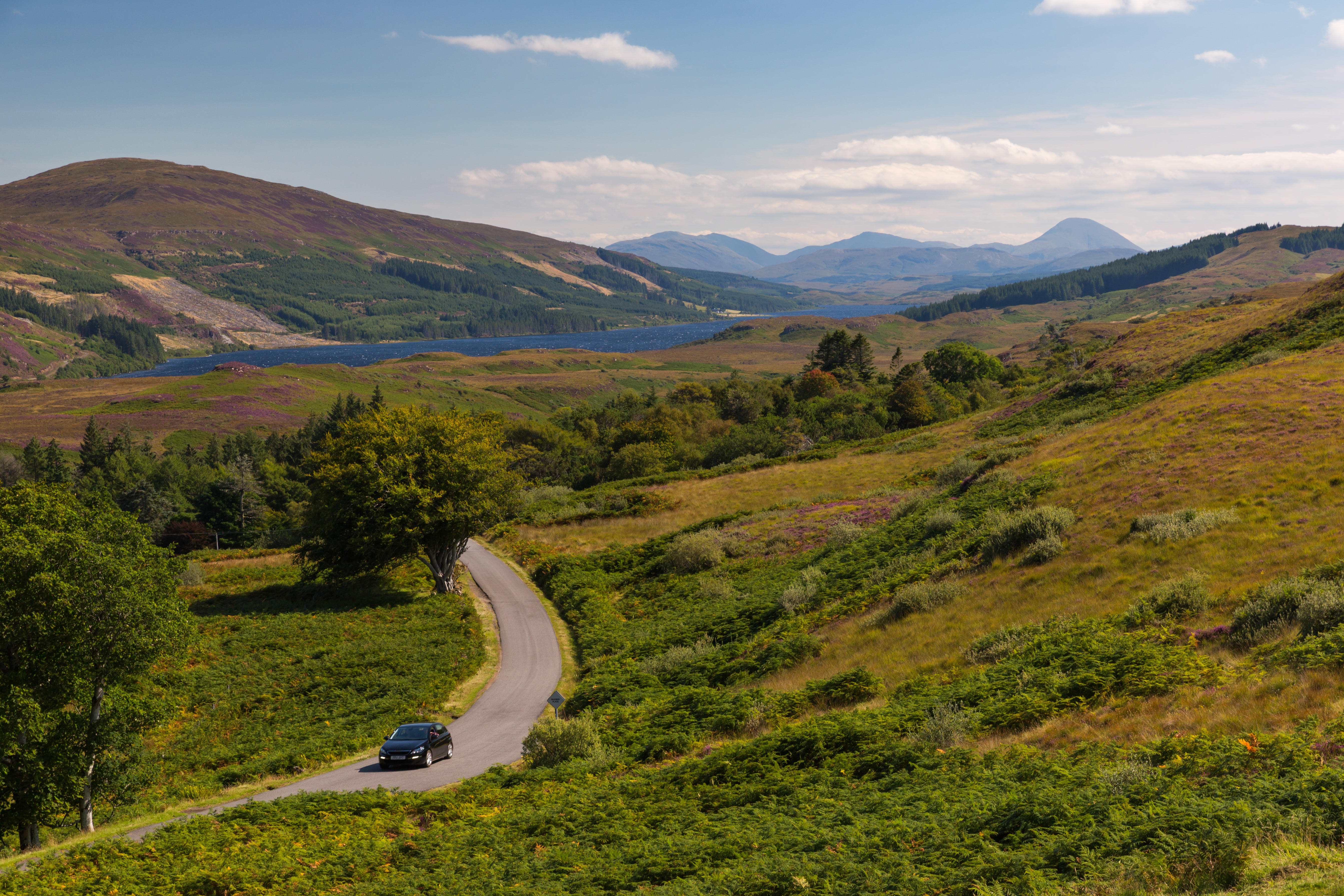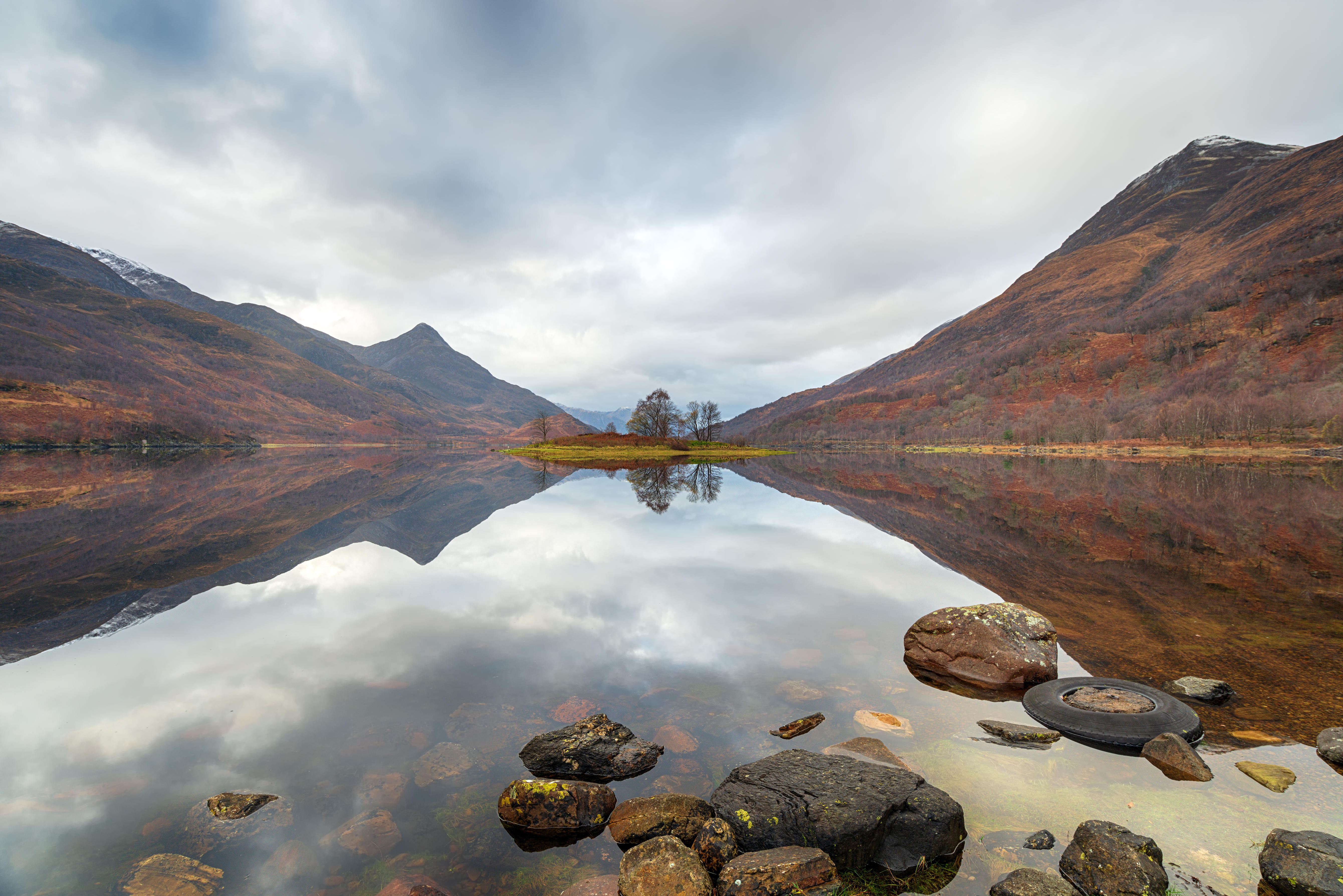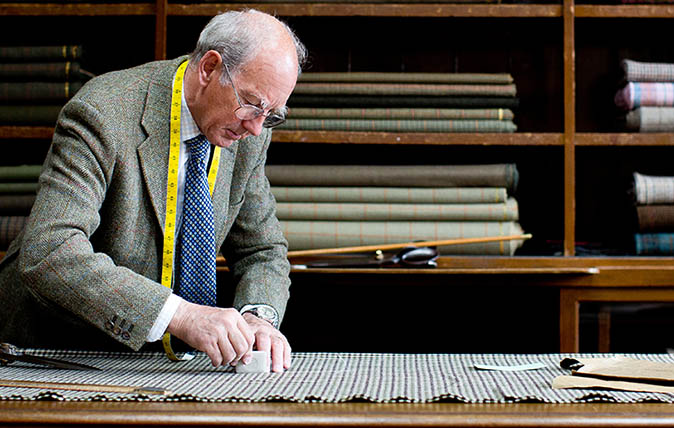Joe Gibbs: The sisters in tweed who ran the iconic Campbell’s of Beauly
Joe Gibbs pays tribute to the late Miriam and Catriona, the formidable sisters who made Campbell's of Beauly famous.

In this troubled and uncertain world, another soothing prospect has dropped into wistful remembrance. There was a time — it felt more like an age, so far back did it seem to stretch into the past — when every Sunday morning in the village of Beauly, near Inverness, just before 11am, two sisters could be seen making their way arm in arm across the square to the Roman Catholic church of St Mary’s. One tiny and bird-like, the other taller, they stepped out in all weathers for hebdomadal communion with their Maker, clad in their Sunday best.
Neither sister made much concession to fashion post-1950. They wore tightly pleated tweed skirts, tartan plaids or blanket scarfs, held in place by a ferocious grouse-claw brooch, and their coiffure and maquillage were always perfection. Nodding to friends, they were an elegant and much-loved institution. Then came a day when the unimaginable happened. After so many years, after lifetimes, two figures crossing the square became one. And now, at last, since the death of Catriona, none.
Together with their brother James, who is happily still with us, Miriam and Catriona ran the much-celebrated Campbell’s of Beauly tweed house. Now under new ownership that doffs a smart tweed cap to the past as it embraces the present, the business remains a popular destination for those seeking elegant Highland apparel. The Campbell siblings were reared in the trade by their father, Bobby, and such was their success that there can hardly be an estate in the North that has not had its stalkers and keepers encased in Campbell’s estate tweeds.
A stream of international customers still makes an annual pilgrimage to cross the threshold of its antiquated broad brown shopfront, passing into a dim interior that has an air of hushed reverence. Woollens in more hues than a Farrow & Ball colour chart and checked tweeds up the walls serve to soften sound. Time stands still as ladies in skirts teeter on ancient wooden ladders to fetch bales of cloth from the high tops.
Many of these pilgrims came to see Catriona, among them the late A. A. Gill, that journalist and commentator with decided opinions on gentleman’s clothing, who once wrote that ‘nothing else that comes from this pathetically stunted island has had anything like the universal acceptance, reach or influence of the suit’.
Even when he was desperately ill with terminal cancer, Mr Gill made his annual visit to commission a new country suit from Catriona. Perhaps he sought an element of restraint in his sartorial adventuring. He was wont to encourage his tailors to run away with things, admitting: ‘I’m frightened of my innate vanity. I mean: suits lined with scarves? Even I know the warning signs. I could quite easily end up in a tiny Playboy mansion, all on my own.’ One imagines that the diminutive but firm Catriona would have kept him reined in and that the brown paper parcels tied up with string would have held nothing more outré than plus-twos rather than fours.
The wardrobes here are stuffed with my forebears’ patched and threadbare tweed suits with the curlicue script of a Campbells label. The linings of my own suits that Catriona has passed across to me since boyhood are reassuringly muted. May the wonderful Campbell sisters rest in peace and exchange their wooden steps for the golden ladder to paradise. Although, in the Highlands, no one would be surprised to hear tell of them walking through the square again one fine Sunday morning.
Sign up for the Country Life Newsletter
Exquisite houses, the beauty of Nature, and how to get the most from your life, straight to your inbox.

Credit: Alamy Stock Photo
Joe Gibbs: 'He's clearly convinced the laird that, if he is vaccinated, he will be controlled like a drone via a remote console by lizards in tailcoats from somewhere near Middle Earth'
Joe Gibbs' dispatches from his farm in Scotland take in vaccinations, conspiracy theories and pulling teeth.

Credit: Alamy
Asset stripping, helicopters to Gretna Green, drinks all round and land at 5p an acre: The Dutchmen who have made a mark in the Highlands
Joe Gibbs on some of the surprising turns of events when Dutch investors have crossed the North Sea to earn

Tweed is good. Tweed works – even in the era of GoreTex
Tweeds are woven into the very warp and weft of the Scottish landscape, as Mary Miers discovered during a visit
-
 'To exist in this world relies on the hands of others': Roger Powell and modern British bookbinding
'To exist in this world relies on the hands of others': Roger Powell and modern British bookbindingAn exhibition on the legendary bookbinder Roger Powell reveals not only his great skill, but serves to reconnect us with the joy, power and importance of real craftsmanship.
By Hussein Kesvani
-
 Spam: The tinned meaty treat that brought a taste of the ‘hot-dog life of Hollywood’ to war-weary Britain
Spam: The tinned meaty treat that brought a taste of the ‘hot-dog life of Hollywood’ to war-weary BritainCourtesy of our ‘special relationship’ with the US, Spam was a culinary phenomenon, says Mary Greene. So much so that in 1944, London’s Simpson’s, renowned for its roast beef, was offering creamed Spam casserole instead.
By Country Life